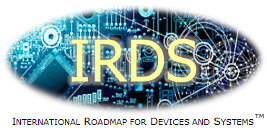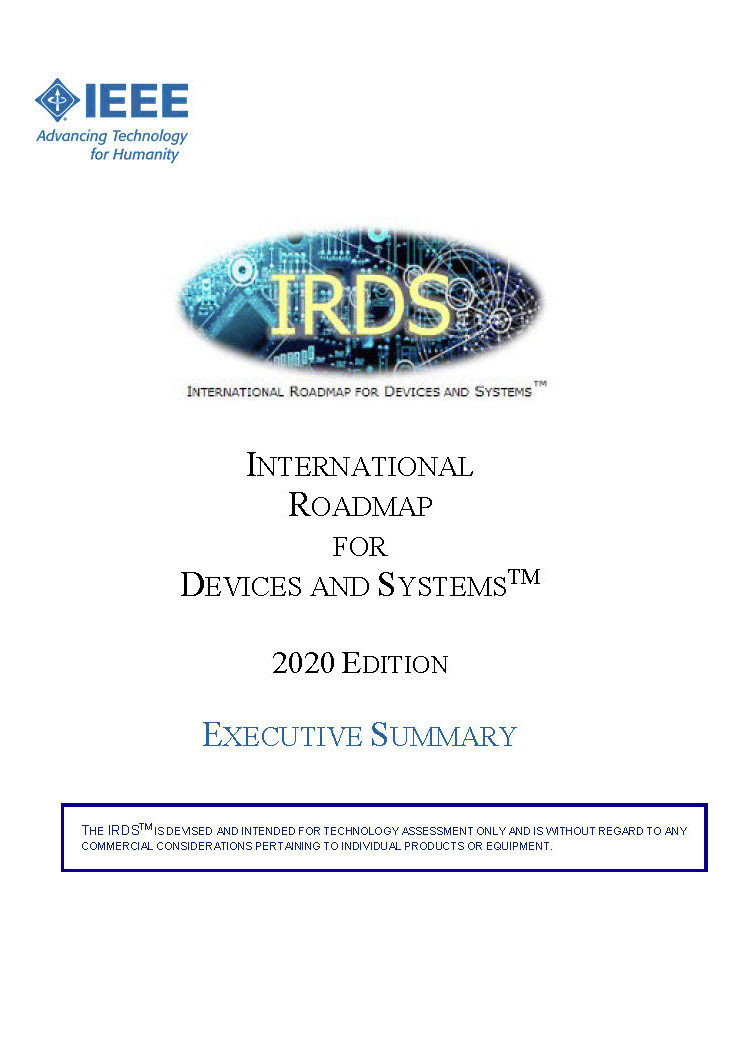Semiconductor Market Outlook
We are on the cusp of a new age of technology: autonomous vehicles, AI-powered computer assistants, and even refrigerators that know what food is stored inside of them may soon become regular features of the everyday household. Other advances include the invention of smart glasses that adjust to your eyes, whether you’re near- or far-sighted, and surgically implanted bioelectrical devices that combat inflammatory diseases such as rheumatoid arthritis.
These inventions will benefit humanity in miraculous ways, and none of them would be possible if not for the semiconductor market.
Because of the rise of fantastic inventions and the key role semiconductor manufacturing plays in their development, all signs indicate that the semiconductor industry outlook is highly optimistic. In fact, it could be the most attractive industry for investors. As more technology requiring more and better semiconductors develops, capital investment will increase in this sector.
Projected semiconductor industry growth
On a global scale, the semiconductor industry is booming. A 2019 study from Infiniti Research confirmed that the market share for semiconductor integrated circuits (ICs) experienced significant growth in 2018. It predicts that the market size will continue increasing as the demand for memory technologies from data collection firms rises to meet the demands of AI development.
When will the semiconductor market see more growth?
Semiconductor sales are headed for significant growth this year. Because semiconductor devices are critical to the functioning and success of almost every industry, they present an especially competitive landscape in the overall economy.
While 2019 was not as great for the semiconductor market as 2018 was, a robust recovery and added growth is expected in 2020 as technology advances at an accelerated pace. Specifically, memory ICs are expected to continue holding the biggest market share through 2022, since the ability to store as much data as possible is key to the success of AI and computing technology.
In fact, it’s predicted that the compound annual growth rate (CAGR) of AI-related industry will be as high as 50 percent. By 2022, the market for semiconductors and semiconductor equipment will likely have gone from current revenues of $6 billion to more than $30 billion.
But as with any market, there is no predicting the future. That’s why leading technologists and investors should keep their thumbs on the pulse for any changes and stay updated by participating in events and workshops related to the semiconductor industry.
Where is the semiconductor industry heading?
As we head into the future, semiconductors will become more and more integrated into daily life and the devices we use. As previously mentioned in Infiniti Research’s 2019 study, one of the leading users of semiconductors is the automotive industry. For example, semiconductor ICs are being integrated into advanced driver-assistance systems, display devices, and consumer interfaces.
As the adoption of semiconductors rises with this trend, the entire global semiconductor market could see an increase in its CAGR of 9 percent.
Read more about semiconductor market outlook in the IRDS™ Roadmap
Opportunities for the global semiconductor market
Technology plays an important role in human life, and almost all forms of technology use semiconductors to function. Opportunities for the semiconductor industry are going to broaden into new areas previously only relegated to tales of science fiction.
Every sector—especially the government, military, health care, and science technology—will rely on advancements and investment in the semiconductor industry. Semiconductors might even become the new “gold standard” of the future economy.
What parts of the global semiconductor market are currently performing the best?
Automobiles and smartphones are sectors of the economy that rely on the semiconductor market the most. The creation of AI with more powerful capabilities also necessitates new methods of data collection and ways to store it.
What are the driving forces of the global semiconductor market?
The need for more efficient ways to generate energy and store data are the main driving force of the semiconductor market.
The global semiconductor market is the backbone of every other technological industry and advancement. According to the World Semiconductor Trade Statistics (WSTS), the semiconductor industry grew 21.6 percent and hit a market-size milestone of $419 billion in 2017.
This growth is driven not only by sectors catering to demands of convenience but also by the military and aerospace sectors. Other factors include the need for longer battery life and biometrics.
What products and services make up the global semiconductor market?
Right now, the main bulk of the semiconductor market serves almost every producer of consumer electronics. The health-care sector also requires semiconductors to continue developing methods and technology to save and improve lives.
But entirely new sectors of technology are also dawning, such as augmented reality, bioelectrical medical implants, and neural networks. If this industry can develop semiconductor equipment that can handle the bandwidth and energy levels required to make this technology possible, the semiconductor market will continue its burgeoning course.
Read more about semiconductor market outlook in the IRDS™ Roadmap
Trends in the semiconductor market
Advancements such as virtual reality, mission-critical systems, increasingly massive internet usage, and fixed wireless-internet capabilities are being adopted on a global scale. Since all of these require semiconductor equipment, the demand and revenue generated from their manufacture will positively correlate with the rise of a new technological age.
What are the latest technology trends in the semiconductor industry?
The rise of 5G is also boosting the smartphone business, which then drives semiconductor sales. Being the top purchaser of semiconductor devices of every industry, the smartphone market is the most influential factor of the industry’s growth.
With the rise of 5G, networks will be required to transfer data one hundred to two hundred times faster than the current 4G LTE. Semiconductor manufacturing is going to have to change to meet the needs for higher memory output and better performance. Processors, modems, and IC chips will need to be cutting edge to keep up.
How is the semiconductor industry changing?
Companies are aiming to create semiconductors that are smaller and have higher computing power. For example, the Taiwan Standard Manufacturing Company is reported to be using chips that are seven nanometers, not the industry-standard ten nanometers. As semiconductors are developed to be smaller, more can fit into a space, storing more data for the endless capabilities of emerging AI.
Read more about semiconductor market outlook in the IRDS™ Roadmap
Factors affecting the semiconductor market
The only way for America to maintain itself as the global technology leader is for business leaders to invest in the semiconductor industry. There are many other reasons to take note of the developments in this sector, since more facets of human life rely on the potential semiconductors present.
How will politics impact the semiconductor industry?
The semiconductor industry faces challenging but exciting economic waters. The current global trade war and the increasingly complex designs of semiconductor components may prove to be negative growth factors of this market.
China’s current status as leader of 5G networks heralds the next generation of computing and communications capabilities. As the age of 5G begins, people will upgrade to the new network, and semiconductor sales will accelerate exponentially. But the United States views China’s leadership of leading-edge technology as a threat to its own hegemony, and the global rivalry could result in government actions that prevent advancements for political gain.
Why are semiconductors so important?
Semiconductors are found in almost all consumer electronics and therefore enjoy wide usage in almost every industry. That makes semiconductor sales a reliable pulse on the health of the overall economy.
As the number of functionalities in consumer electronics, automobiles, computers, and smartphones grows, so will the demand for semiconductors. Semiconductors’ design will become increasingly complex to meet data and power demands, which results in increased capital investment in this industry.
What are the key barriers and threats believed to hinder the development of the semiconductor industry?
As a result of disruptions in the consumer electronics industry, the cost of manufacturing semiconductors is rising. This requires more money to be invested in the production of semiconductors, making the prospect more expensive to investors. Less available capital will hinder the growth of the global semiconductor market unless other innovations are developed to counteract this trend.
Possibly the greatest obstacle facing the semiconductor industry, however, is access to the rare earth metals that semiconductors are made from. China almost has a complete monopoly on the market for rare earth minerals. The only sources left where these metals can be retrieved are found in war-torn regions of the world, such as the Congo.
Leaders of the semiconductor industry and consumers of its products should evaluate whether it is permissible for governments and corporations to poke the hornets’ nest of international conflicts for the sake of producing our cellphones and sustaining our own country’s technological prosperity.
There need to be pathways to market growth in the semiconductor industry that do not involve obtaining rare earth minerals that benefit armed groups in countries destroyed by internal conflict. It is up to industry leaders and experts to discover a more ethical method of acquiring the resources we need for the current quality of life.
Setbacks to semiconductors are outnumbered by their potential for progress. As technology advances, the economic power of the semiconductor industry is sure to lead the next generation of technology and human progress.
Interested in learning more about semiconductor market outlook? Consider reading the International Roadmap for Devices and Systems (IRDS™). The IRDS™ is a set of predictions that examine the future of the electronics, semiconductor, and computer industries over a fifteen-year horizon. It encompasses a number of critical domains and technologies, from application needs down through devices and manufacturing. Join the IRDS™ Technical Community to download the roadmap and stay informed of our latest activities.


